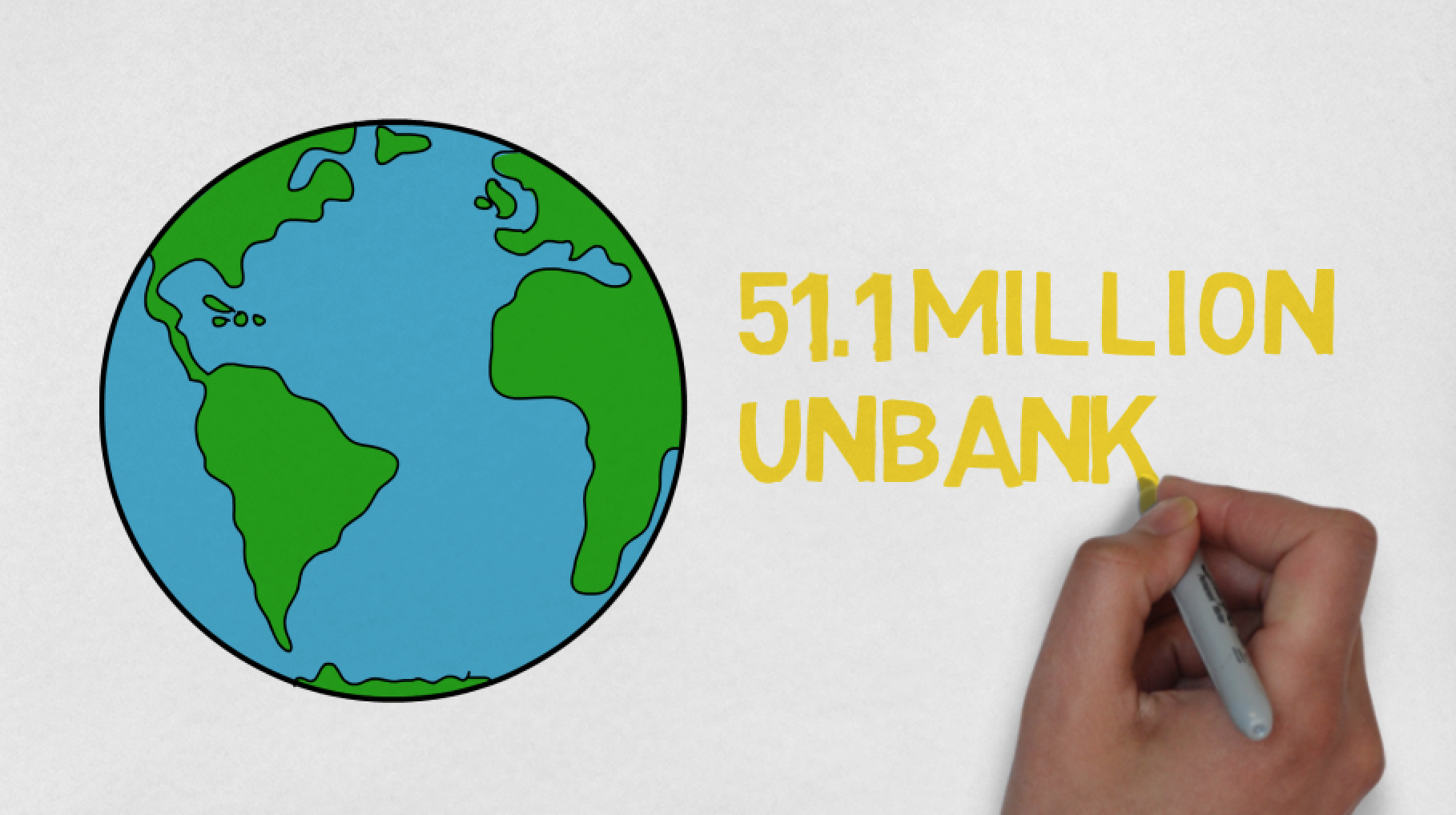
Understanding the Credit Scoring Landscape
Urjanet Inc | August 22, 2017 | Credit & Lending
In this video, we will be exploring the use of alternative data in credit scoring.
Current State of Credit Scoring
First, let’s look at the overall credit scoring landscape. Traditionally, institutions such as banks rely on FICO scoring in order to determine a consumer’s risk profile. FICO scores take a variety of information into account, including payment history, length of credit history, credit mix, and new credit to assess someone’s score.
However, a large and growing portion of the population is either “underbanked” or “unbanked,” leaving them outside the scope of FICO. Those who are “underbanked” have an account with an insured institution but have also had to rely on alternative financial services outside the banking system, such as money orders or auto title loans. Many of the underbanked are also “credit unscorable,” meaning that a person has a credit file attached to a major credit bureau but there is not enough data in the file to generate a reliable score.
Often, when there is not enough information to generate a reliable score, a consumer’s credit file is labeled “thin” or “stale”. A “thin” file just means that the file contains little to no credit accounts to make an accurate risk profile for the consumer. A “stale” file, on the other hand, contains no recent activity in the consumer’s credit history and therefore provides outdated information to lending institutions.
The Perfect Place for Alternative Data
Currently 51.1 million adults are “unbanked”. This means that the consumer does not have any open checkings or savings accounts with an institution. The “unbanked” are “credit invisible,” meaning that there is no information on their credit history and no credit score with the major bureaus.
There is a clear need for new proprietary credit scoring models to tap into the market of this underserved population. Alternative data in credit scoring models can take the form of payment history for various utilities, including:
- Rent
- Electricity
- Cable
- Telecom
- Water
- Insurance
The information on these bills can establish an accurate record of how likely an applicant is to repay a loan. Using these additional sources of alternative data allows credit bureaus to offer a viable credit score to millions more consumers in need.
Related Resources:
- It’s Up to CIOs & CTOs to Put Streamlined Utility Data to Work
- Solutions Sheet: Utility Data for Credit Scoring & Lending
- It’s Time To Rethink Credit Scoring
If you like what you’re reading, why not subscribe?
About Urjanet Inc
Urjanet, the global leader in utility data aggregation, simplifies how organizations access and use utility data, enabling them to focus on their business. Our technology collects, processes, and delivers data from over 6,500 electric, natural gas, water, waste, telecom, and cable utilities worldwide.
